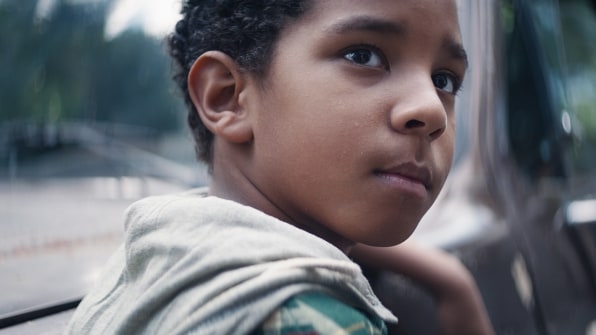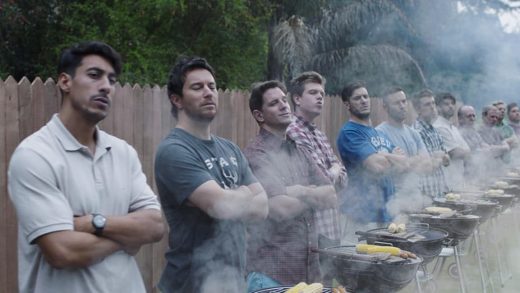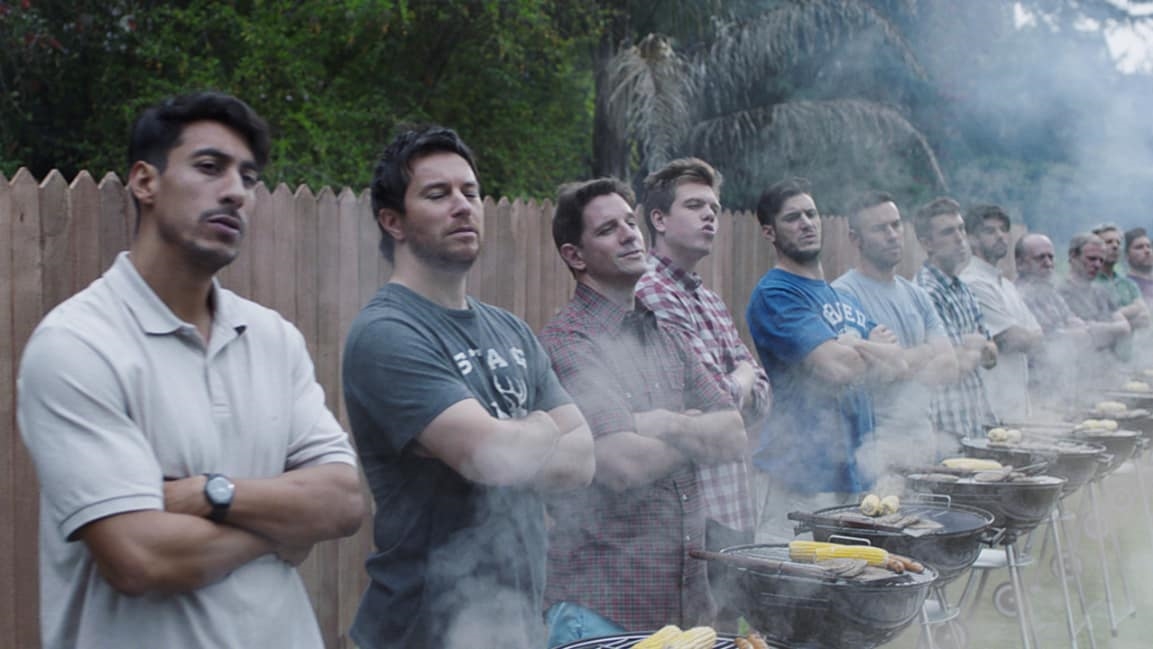Don’t give Gillette credit unless it does a lot more than making an ad
Gillette’s new ad, “The Best Men Can Be,” has generated a lot of chatter over the past week. For those unfamiliar, the spot reimagines Gillette’s 30-year tagline, “The best a man can get,” by challenging the definition of manhood and the dark manifestations of toxic masculinity that come with it–bullying, sexual and physical harassment, mansplaining, and the like.
The reaction has been swift. With over 20 million views, the number of dislikes to likes is 2 to 1. The main argument against the ad is the belief that Gillette is lecturing at men, painting a negative and exaggerated portrait that doesn’t reflect reality. Many feel the company is being politically correct in this era of #MeToo, questioning its credibility and motivations. Others appreciate the conversation the company is sparking and believe the issues raised need more discussion and action.
While it may be a touch heavy-handed and lacks the uplifting emotion that Nike achieved with its Colin Kaepernick “Dream Crazy” commercial, Gillette nonetheless calls attention to real and important issues that men and women face, thanks to an outdated definition of what it means to be a man. And I like that the spot encourages men to guide other men and boys to behave better, a key step toward necessary behavior change to treat everyone with respect, empathy, and care.
Was calling out “toxic masculinity” a mistake? Not if you are seeking reaction and discussion to get your ad noticed. In today’s world, taking sides on polarizing issues is one surefire way to break through the clutter. And my guess is that Gillette made a calculated decision to do exactly that. They say they weren’t trying to court controversy but did expect some pushback, and that their job was to spark a discussion about how men can go from good to great. Mission accomplished.
My concern is that all this attention and controversy is focused in the wrong place. Regardless of how you respond to a piece of creative advertising, we should all be asking Gillette: Where can we find your authentic commitment and action to changing this problem?
If brands are going to lean in to social purpose to sell product, we have to expect them to do so with substance. Raising awareness is not enough. There needs to be a genuine, informed, long-term commitment to the issue with a clear plan to achieve the change the company is seeking to create.

Gillette has failed on this account. Throwing $3 million over three years at nonprofit partners without much detail into the programs that will result is not a real commitment. It’s a press release gesture to show a Potemkin commitment from a company that last year generated $6 billion in sales and still charges more for women’s razors than it does for men’s.
I admire Gillette for tackling this thorny issue at some risk to their brand. But that doesn’t excuse a Fortune 200 company from showing the same courage, seriousness, planning, and, yes, budget, toward achieving the social impact they claim to be behind. A real plan would answer questions like: What does measurable social change on this topic look like? What’s the baseline on attitudes and behaviors today, and where should they play to address it? Who else is working on the issue, and how can Gillette support those actors on the ground? What can they do to engage their consumers and employees in the change leveraging the unique assets of a massive global company?
In launching this brand spot, it would have been great to understand the road map they have created to help shift male attitudes and behaviors. It would have signaled a commitment to the issue for the long term, and that the ad campaign was just the start of a more substantive initiative.
Maybe this is all in the works. But the lack of a real plan of action seems to follow a worrying trend of brands appropriating social purpose for compelling advertising creative, and quickly moving on next quarter to another “cool” trend to sell their product. Sprite’s “I Love You Hater,” Audi’s wage gap ad “Daughter,” Heineken’s “World’s Apart” experiment, and State Street’s “Fearless Girl” all speak to this worrying trend of inauthentic activity that does little to walk the walk on the issues they are addressing.
In this ever-increasing world of social consciousness and impact, it’s time brands and their advertising agency and public relations partners get past awareness as a viable endgame and start putting measurable action behind their messages. Failure to do so will lead to death by a thousand nicks.
This post is part of a series in which Phillip Haid, the cofounder and CEO of Public, offers his thoughts on the best and worst of today’s impact marketing.
(32)



